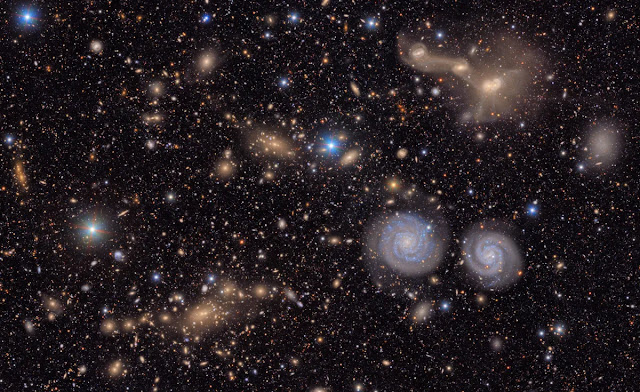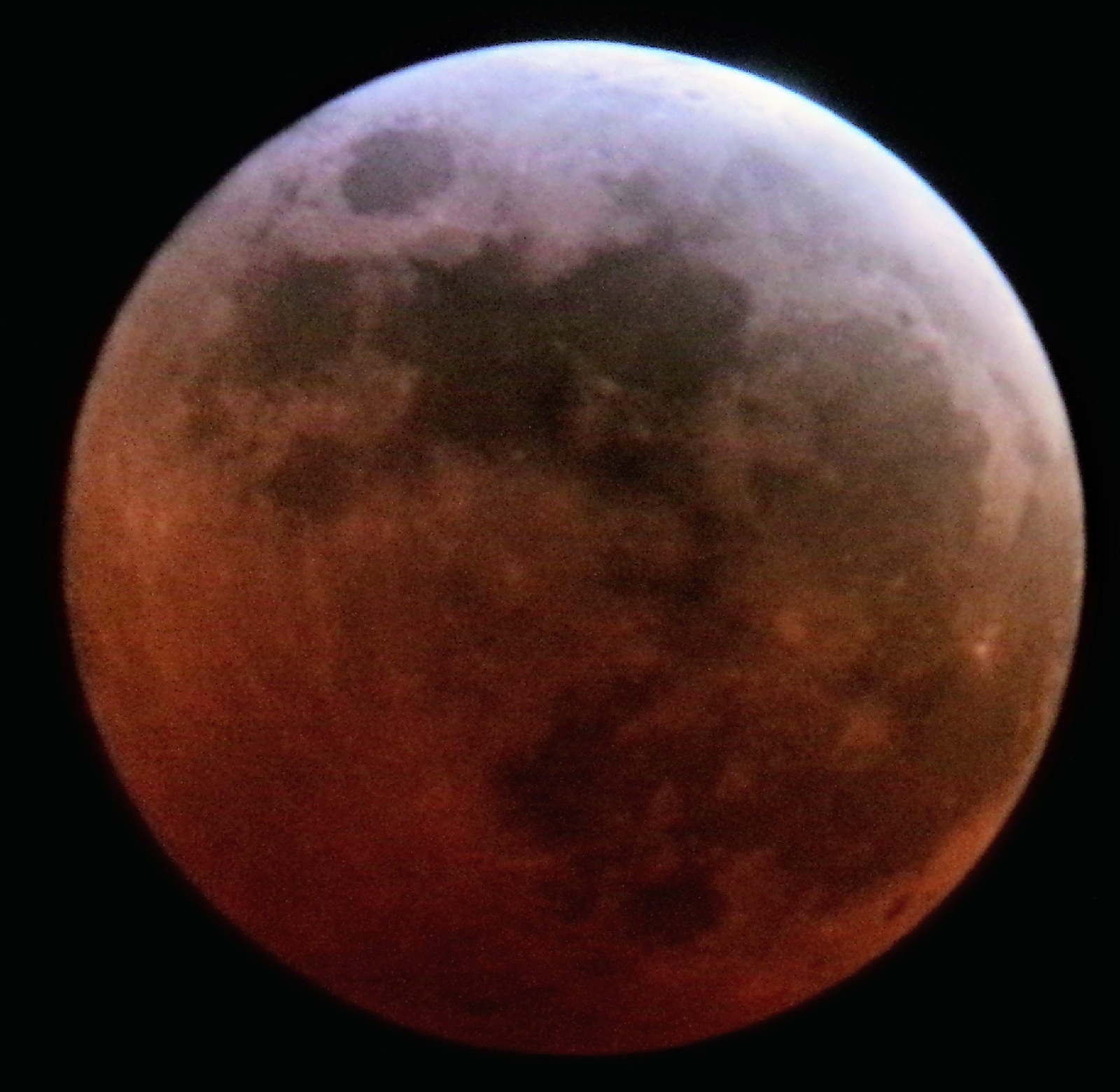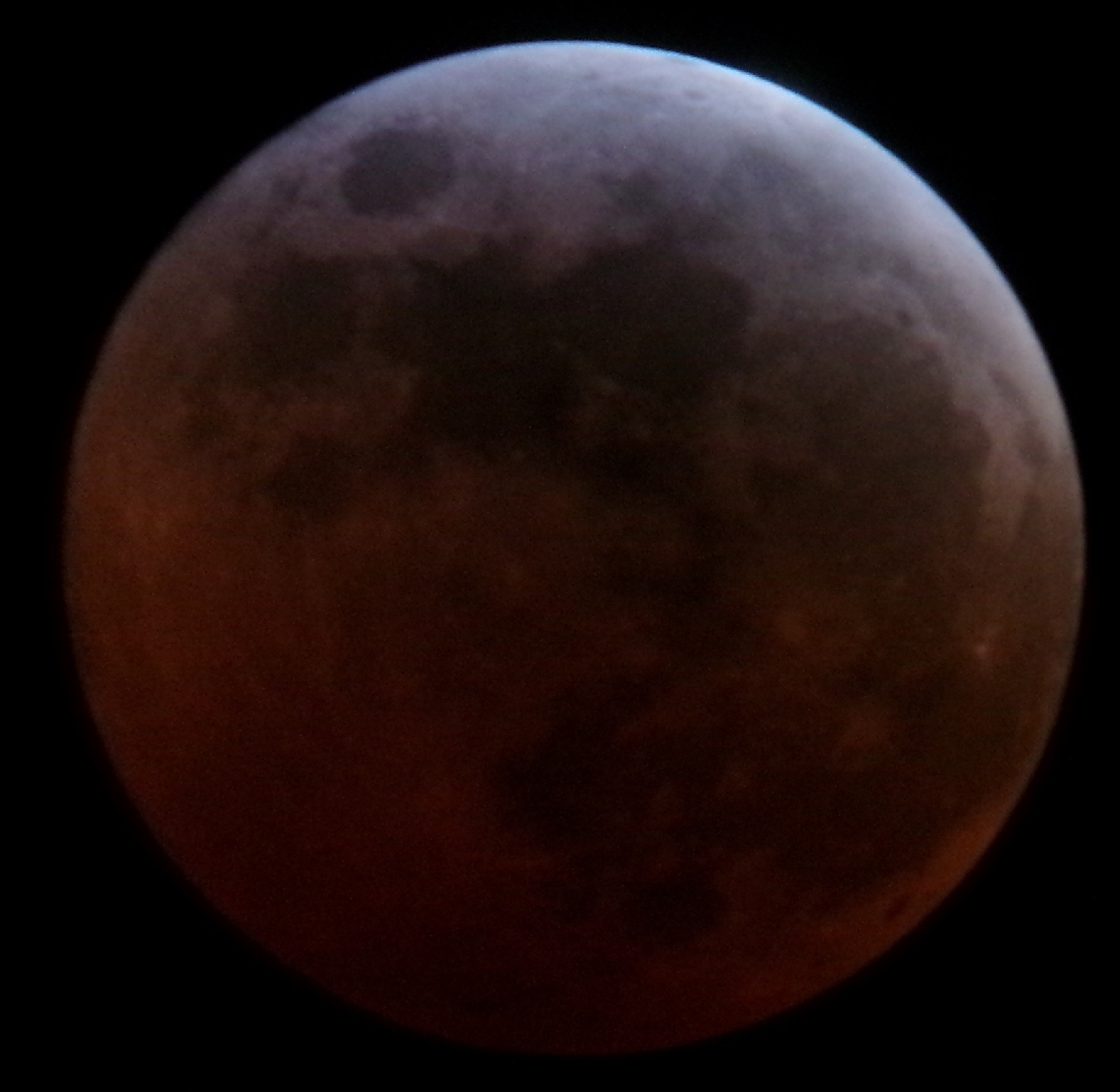Adrian Goldsworthy, known for his meticulous attention to military history and sharp narrative voice, delivers in The Eagle and the Lion a compelling account that goes far beyond battles and dates. This is not just a chronicle of wars between two ancient superpowers—Rome and Persia—it’s a masterfully told story of shifting power, diplomacy, geography, and the deeply human flaws and strengths that shaped centuries of conflict.
One of the book’s greatest strengths is how Goldsworthy connects events that are often treated in isolation. He weaves a coherent and engaging narrative that highlights how these confrontations were influenced not just by imperial ambition but by terrain, available resources, logistical challenges, and, critically, the ability—or failure—of leaders, generals, diplomats, and armies to adapt.
The book never glorifies one side over the other. Instead, it presents a sober picture of a “conflict that couldn’t be won,” driven not just by military force, but by politics, pride, and the enduring reality that neither side was strong enough—or weak enough—to land a decisive blow.
For those seeking more than just a catalog of ancient wars—for those who want to understand the why and how, not just the what—The Eagle and the Lion offers a richly detailed and insightful perspective. It's a rare summary that is both intellectually satisfying and narratively gripping.

























